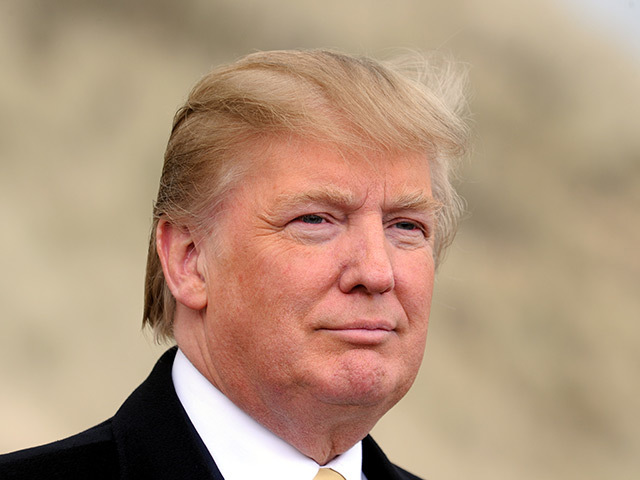
With Donald Trump set to enter the White House in January and populists on the march across Europe, political risk will loom large in 2017. Cautious investors may find stability in an unfamiliar place: the oil market.
A deal between the Organization of Petroleum Exporting Countries and other producers to limit output next year won’t simply siphon off some of the global glut of crude: if participating nations make the cuts they’ve promised, the effort will also add to a buffer of unused capacity that can be tapped to plug supply disruptions.
“If you’ve got OPEC full adherence for the first six months, the market should be relatively insulated from political risk because that cushion is available,” Alan Gelder, a vice president at industry consultant Wood Mackenzie Ltd., said by phone from London. With the exception of a major disruption in top exporter Saudi Arabia, “anything else should be able to be accommodated.”
OPEC members agreed on Nov. 30 to cut output next year by a collective 1.2 million barrels a day, or about 4 percent of what they pumped last month, in an effort to support prices. The producer group will probably aim to keep its total supply steady, using its spare capacity to offset any potential disruption from individual members, Gelder said. Eleven non-OPEC producers, including Russia, also pledged to reduce production. Brent crude prices have jumped 22 percent since Nov. 29.
To read about the output deal between OPEC and other producers, click here
Global stockpiles of crude oil and fuels, which are near record levels after two years of low prices, will provide an additional cushion against small or short-lived halts in supply. U.S. crude inventories, at nearly half a billion barrels, are at their highest seasonal level since the government began compiling weekly data in 1982.
Those inventories could be drawn down in the first half of 2017 if OPEC and non-OPEC producers comply with their promised cuts, and that means political risk could be a bigger factor in the second half of the year, Gelder said.
Quieter Year
After three years of volatile oil prices, analysts expect a much quieter year in 2017. Brent crude will trade at an average of $58 in the fourth quarter, according to the median estimate of more than 40 analyst estimates compiled by Bloomberg. The benchmark has climbed 53 percent this year to trade at $57.11 at 7:56 a.m. London time Friday, after falling 35 percent last year and 48 percent in 2014.
Oil supplies are vulnerable to political risk because production is concentrated in a small number of countries, many of them unstable. Domestic turmoil and conflict have disrupted supply from Nigeria, Libya and Venezuela in 2016. Major incidents can have a dramatic impact on prices: benchmark Brent crude shot from $16 to $40 a barrel — an increase of 150 percent — during the three months leading up to and coinciding with Iraq’s 1990 invasion of fellow OPEC-member Kuwait.
“Even if you have a healthy amount of spare capacity, a sudden supply disruption — or the risk of a sudden supply disruption — is going to move prices,” Richard Mallinson, an analyst at Energy Aspects Ltd., said by phone from London. “Anything that would disrupt half a million barrels a day or more of production, and isn’t clearly very short-lived, is going to get the market’s attention.”
With Venezuela’s economy on its knees and relations between Gulf Arab states and Iran tense, instability will remain a risk for oil supplies in 2017. But the amount of spare capacity at a global level suggests it would take a major incident to ruffle the crude market, and the main scenarios for such an event are not likely to occur in the coming year, Jonathan Wood, a London-based political risk analyst at Control Risks Ltd., said in an e-mail.
Venezuela’s oil production will probably continue to slip for lack of investment, but the market will adjust as long as the the nation’s output declines gradually, Wood said. “An abrupt and messy change in power that takes a substantial amount of production offline for a prolonged period is unlikely,” he said.
The U.S. under a Trump presidency could tighten sanctions on Iran but is unlikely to completely trash last year’s nuclear agreement, so any potential reduction in Iranian supply would probably be gradual, said Mallinson of Energy Aspects. As for a military confrontation in the Persian Gulf, “that would certainly get a lot of attention in the market, despite inventory overhangs, but that’s not our base case,” he said.
Recommended for you
